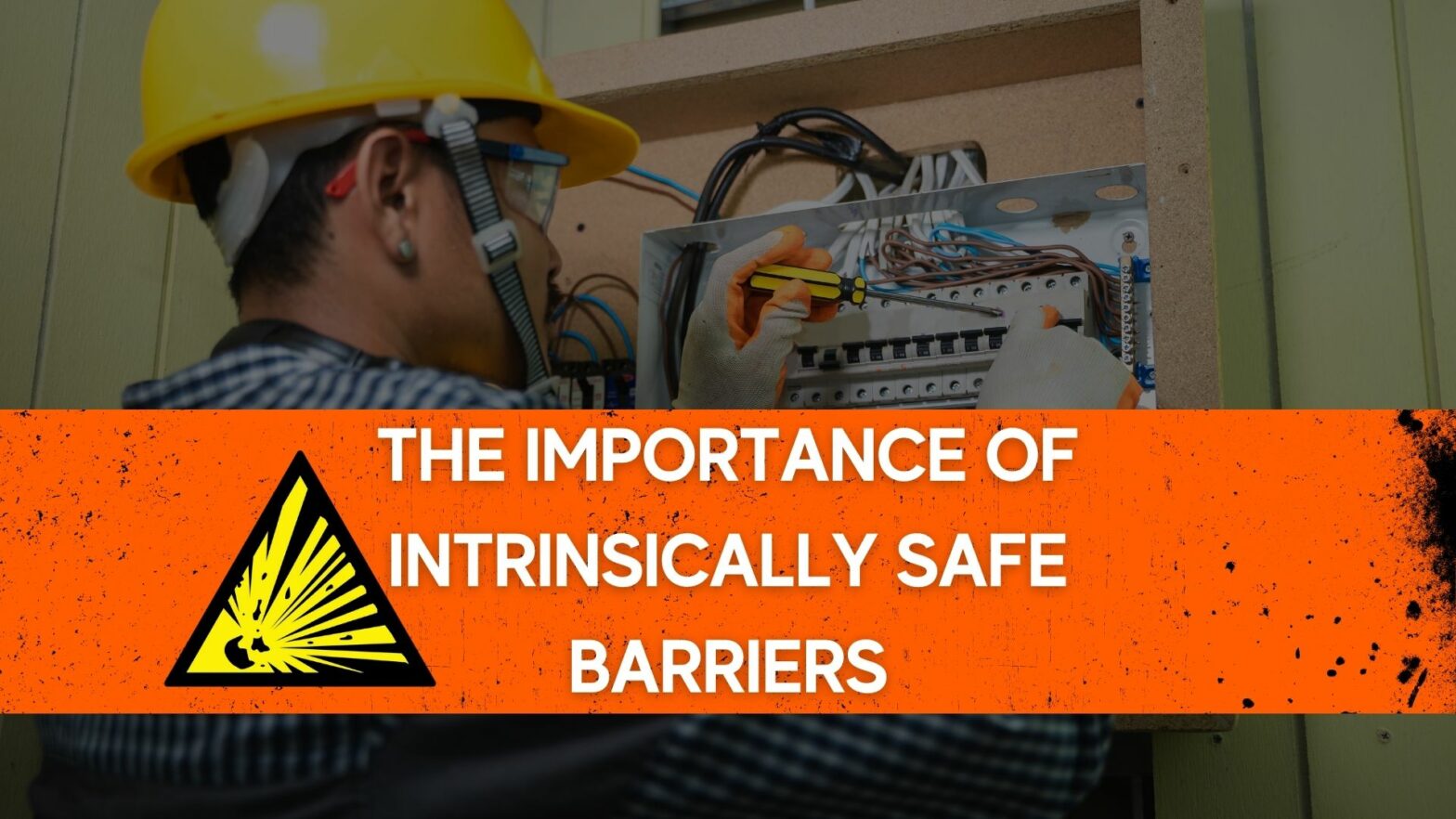Intrinsically Safe Barriers ensure safety as well as productivity. In this post, we will understand how they work and their usage specifications.
The use of electricity has brought many benefits to the industry since the late 19th century. But, on the other hand, there were many adaptations over time so that many accidents did not occur due to electrical circuits of large industries.
Why the Intrinsically Safe barrier is necessary?
Every hazardous area requires an intrinsic safe strategy. Places where the atmosphere presents flammable material, are classified as hazardous areas. This rating has multiple levels depending on exposure and risk of explosion. It is intrinsically safe to have equipment that can withstand the risks. And the intrinsically safe barrier is one of the options for ensuring the safety of your operations inside a hazardous area.
The most common form of IS barrier application is the electrical supply of intrinsically safe equipment from a regular power supply. But there is an essential factor that requires attention. The specification of an IS barrier is unique for each intrinsically safe equipment to be connected. Therefore, it makes sense that the purchase of an intrinsically safe barrier should be made, whenever possible, together with the IS equipment to be purchased.
Cost-benefit
In hazardous areas, it’s essential to have control of the safety of your equipment and of your team. So the barrier will act for ensures that your equipment will work properly without limiting the energy. As a result, your safety measures won’t affect your productivity.
In hazardous areas, it’s essential to have control of the safety of your equipment and of your team. So the barrier will act for ensures that your equipment will work properly without limiting the energy. As a result, your safety measures won’t affect your productivity.
When you use Intrinsically safe barriers, you will be improving your workflow by ensuring everyone’s safety. To perform well within your hazardous area, only purchase equipment and barriers that are certified intrinsically safe. Certified Barriers are rated by ATEX, US, IECEx, and other safety standards worldwide.
So if your IS Barrier attends to the safety standards, you have the guarantee that your hazardous area is safe. Investing in this strategy means that you are looking for improvement for your work, and with time you will see the results. Preventing accidents in your hazardous area will save your equipment, staff, and your money.
Jumping to conclusion
Today the need to seek intrinsic safety strategies is very significant. Working with equipment that jeopardizes your workspace and staff results in many losses. There are still many situations in which equipment used in a hazardous area is not intrinsically safe. The correct attitude is to renew your equipment, prioritizing intrinsic safety.
For final considerations, we can agree that intrinsically safe barriers help to maintain control of electrical circuits in hazardous areas. Therefore, we also concluded that safety standards should properly classify equipment and barriers as intrinsically safe. In this way, the cost-benefit will be high.
To find the best intrinsically safe barrier, the Intrinsically Safe Store has the options you are looking for! Consult our catalog or talk to one of our team of experts to know all about our Intrinsically Safe Solutions.


